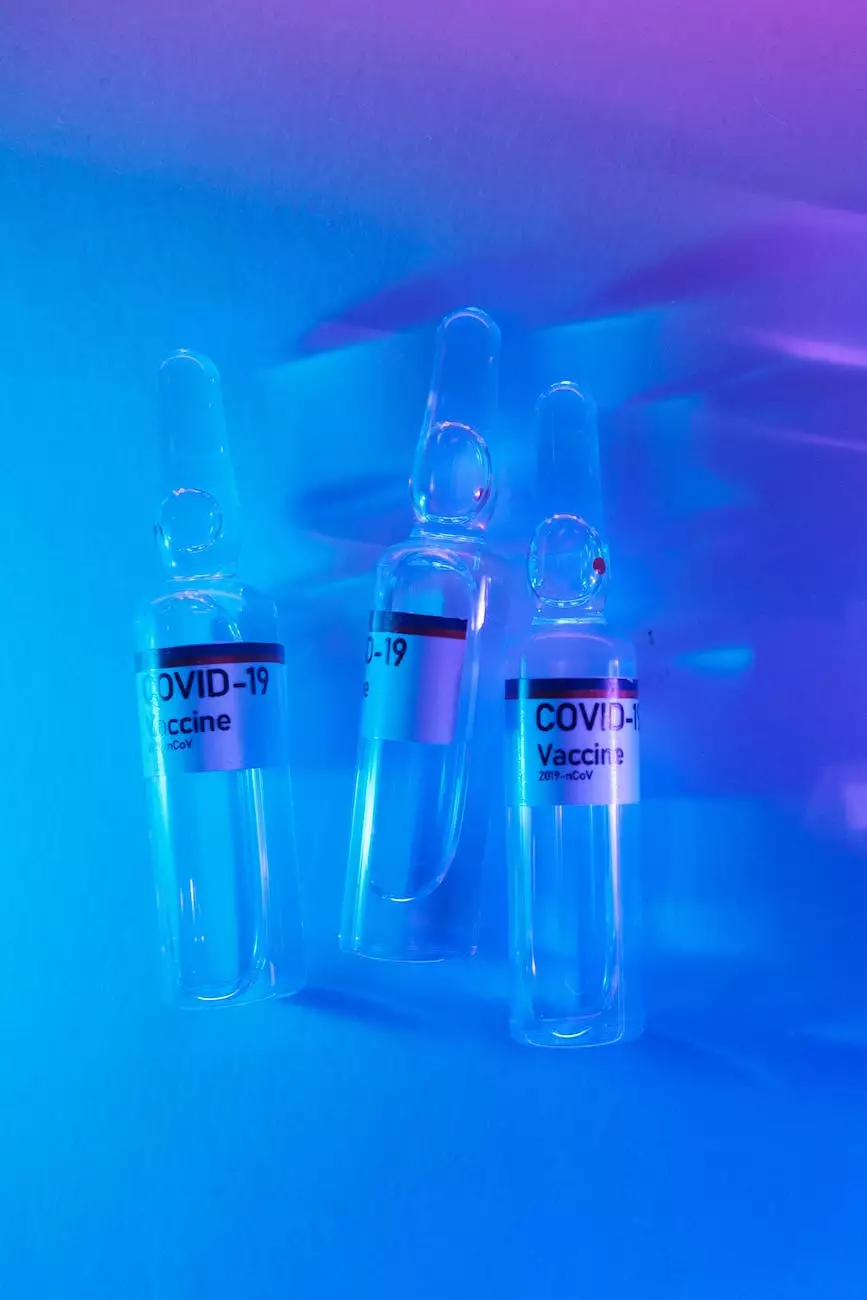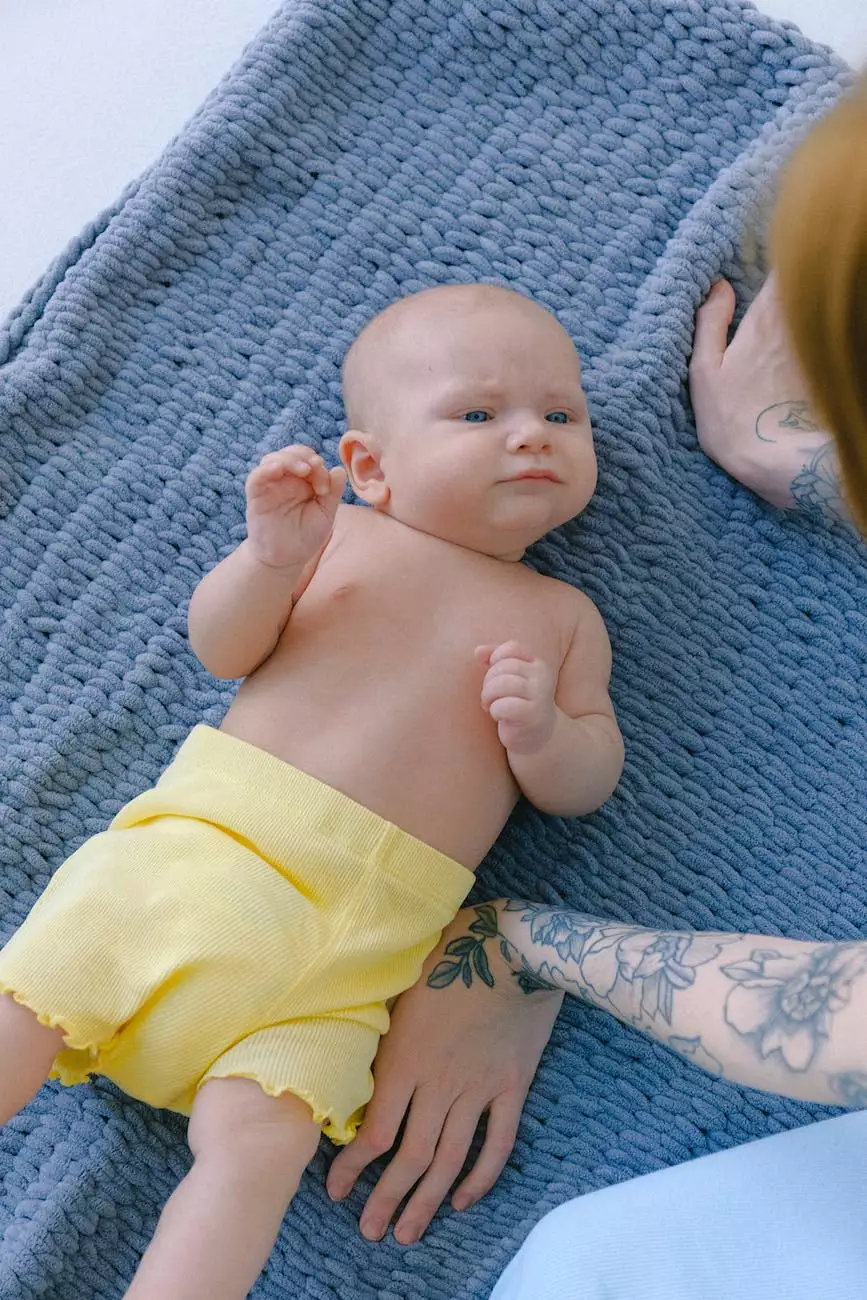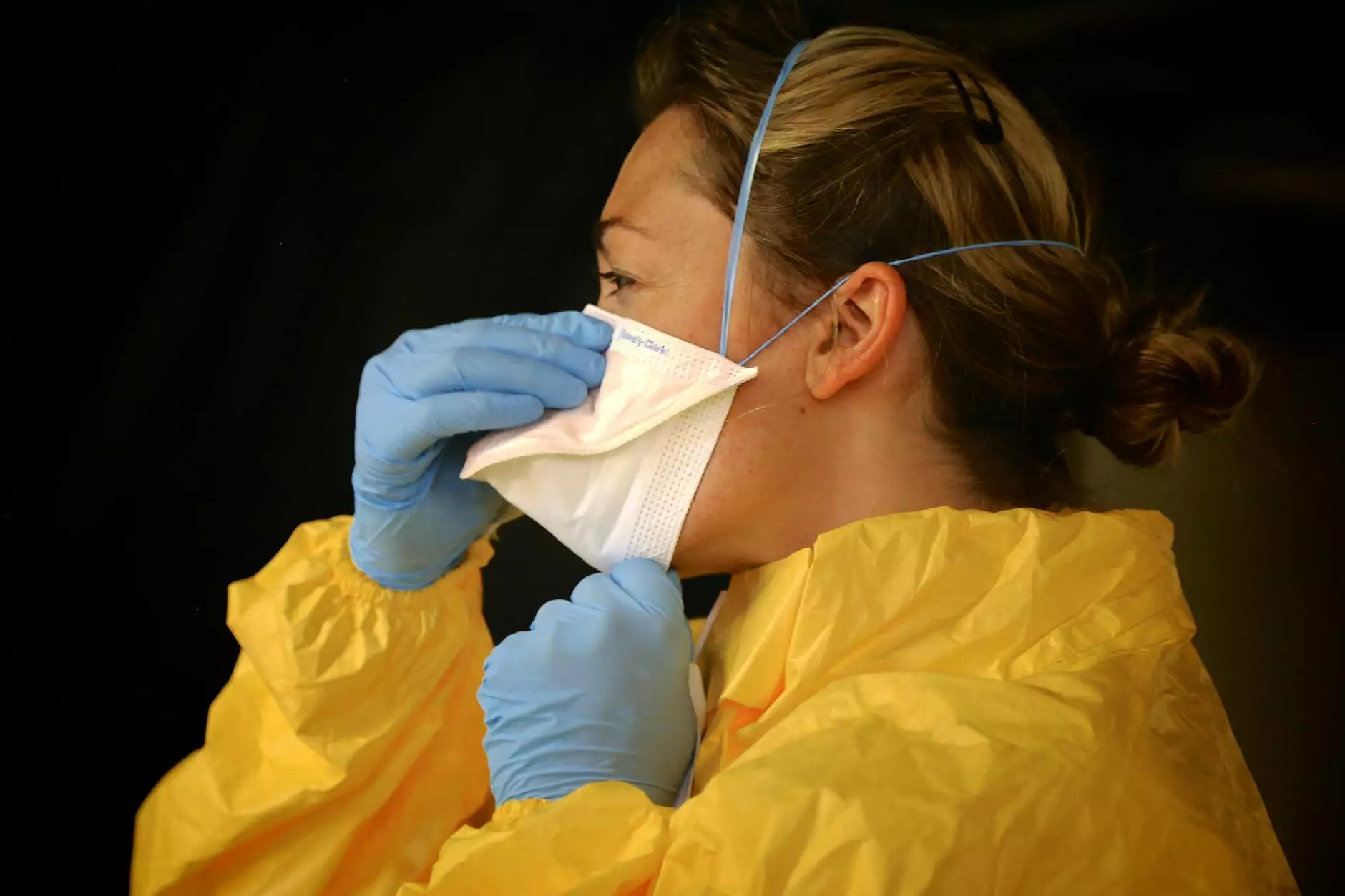Clubfoot: Understanding, Causes, Symptoms, and Treatment

Introduction
Welcome to the comprehensive guide on clubfoot, brought to you by Foley James D MD at Gillette Children's. Here, we aim to provide you with in-depth information about this common pediatric orthopedic condition, including its causes, symptoms, and effective treatment options.
What is Clubfoot?
Clubfoot, also known as talipes equinovarus, is a musculoskeletal condition that affects the alignment and positioning of the foot. It is a congenital condition, meaning it is present at birth.
A clubfoot is characterized by the foot being twisted inward and downward, making it difficult for the affected individual to place their foot flat on the ground. The affected foot may also appear smaller and may have a different shape compared to a typical foot.
Causes of Clubfoot
The exact causes of clubfoot are not yet fully understood. However, several factors contribute to the development of this condition. It is believed to be a combination of genetic and environmental factors.
Genetic factors play a role in clubfoot, as it can run in families. Certain genes involved in the musculoskeletal system may contribute to abnormal development in the foot. Environmental factors, such as abnormal positioning of the fetus in the womb, may also contribute to the development of clubfoot.
A prenatal diagnosis of clubfoot can help identify any underlying genetic or structural abnormalities that may be associated with the condition.
Signs and Symptoms
Clubfoot is usually noticeable at birth. The affected foot is turned inward and downward, pointing towards the opposite leg. The foot may also appear twisted and smaller in size compared to the other foot. The calf muscles in the affected leg may be underdeveloped.
In some cases, clubfoot may be diagnosed during a routine prenatal ultrasound, allowing for early intervention and treatment planning.
Treatment Options
Early treatment is crucial for successfully managing clubfoot and preventing long-term complications. The treatment plan may vary based on the severity of the condition. At Gillette Children's, Dr. Foley James D MD, a renowned specialist in pediatric orthopedics, offers comprehensive treatment options for clubfoot.
The initial phase of treatment typically involves a series of gentle manipulations and repositioning of the foot. This process is followed by the application of a series of specialized casts to gradually correct the foot's alignment.
In some cases, additional treatment methods may be necessary, such as the use of braces or orthotic devices.
If conservative treatments do not provide satisfactory results, surgery may be considered. Surgical procedures aim to address any underlying structural abnormalities and improve the overall alignment and function of the foot.
Expert Care at Gillette Children's
Gillette Children's is a trusted medical institution renowned for providing exceptional pediatric orthopedic care. Dr. Foley James D MD, a highly experienced and skilled orthopedic specialist, is dedicated to helping children with clubfoot achieve optimal outcomes.
With state-of-the-art facilities and a compassionate team, Gillette Children's ensures personalized and comprehensive care for each patient. Dr. Foley James D MD works closely with families and utilizes the latest advancements in clubfoot treatment to deliver the best possible outcomes.
Conclusion
In conclusion, clubfoot is a common congenital condition affecting the alignment of the foot. Early diagnosis and intervention are essential for successful management. Gillette Children's, led by Dr. Foley James D MD, is at the forefront of providing expert care and effective treatment options for children with clubfoot. Contact us today to learn more about how we can help your child overcome clubfoot and lead a healthy, active life.









